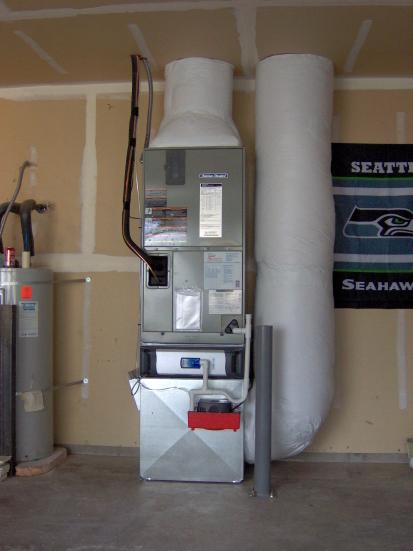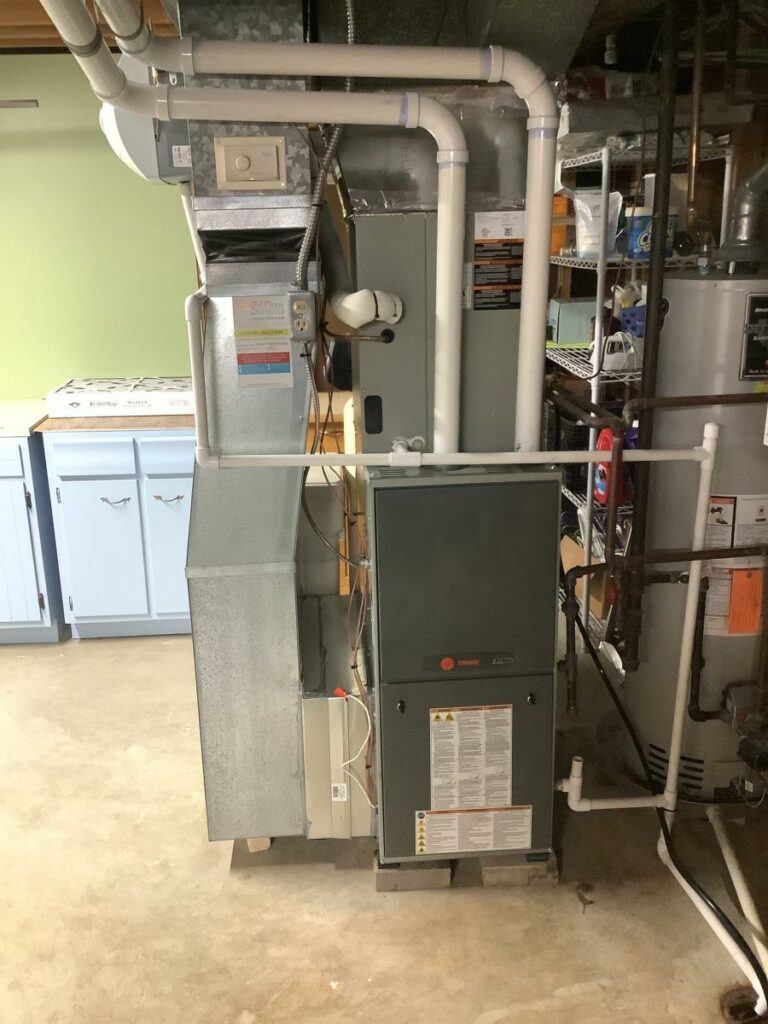Top HVAC Portland experts ready to maintain your system
Top HVAC Portland experts ready to maintain your system
Blog Article
The Ultimate Guide to Heating System Installment for a Cozy Home
Furnace setup is a critical aspect of preserving a comfy home atmosphere, specifically during the chillier months. As you think about these variables, the inquiry remains: what steps can you take to ensure your heating system offers you well for years to come?
Types of Heating Systems
When thinking about heater installment, understanding the various kinds of furnaces available is critical for making an informed decision. The primary types of furnaces include gas, electric, and oil furnaces, each offering distinct advantages and factors to consider.
Gas heaters are one of the most typical option because of their effectiveness and lower operational costs. They use all-natural gas or lp, supplying quick heating and consistent performance, making them ideal for colder environments.
Electric furnaces, while generally easier to install and keep, often tend to have greater operational costs. They are often preferred in areas where gas solution is inaccessible or for homes with existing electrical facilities.
Oil furnaces, though much less typical today, stay a practical alternative in particular regions. They burn home heating oil, which can be helpful during colder months, yet their reliance on oil delivery positions potential obstacles.
Furthermore, there are high-efficiency models readily available throughout these types, which can dramatically reduce energy consumption and energy bills. Inevitably, understanding these heating system types will help homeowners pick a system that lines up with their home heating needs, budget plan, and energy choices.
Selecting the Right Size
Selecting the suitable size for a heating system is essential to ensuring optimal efficiency and power performance. An undersized heating system will battle to keep comfortable temperature levels during the cold months, resulting in boosted damage, greater power expenses, and prospective system failing. Alternatively, an extra-large heater might cycle on and off also regularly, causing ineffective home heating and unequal temperature circulation within the home.

Heating system dimensions are usually gauged in British Thermal Systems (BTUs), which show the amount of energy required to heat up a room. It is recommended to speak with a qualified a/c specialist who can do the necessary computations and advise an appropriately sized system. furnace repair. Spending in the right heating system dimension not just enhances comfort however More Info additionally adds to long-term energy financial savings and system integrity
Installation Process Introduction
As soon as the appropriate furnace size has been figured out, the following action involves understanding the installation process. This process normally starts with a thorough assessment of the installation website, including the existing ductwork and ventilation systems. Proper preparation is necessary to make certain smooth integration and optimal performance of the brand-new heating system.
The installation generally includes detaching the old system, which includes safely removing any electrical connections, gas lines, and ductwork affixed to the previous furnace - furnace repair. When removed, the new heater is carefully located and leveled, making certain that it fulfills the maker's specs advice for optimal operation
Next, the installer will connect the required gas and electrical lines, sticking to regional codes and security policies. Following this, ductwork may require to be changed or changed to fit the new system, making certain reliable air flow throughout the home.

Crucial Tools and Products
Gathering the necessary tools and materials is critical for a successful heater installation. Appropriate prep work ensures that the setup procedure is efficient and lessens the potential for errors.
Secret devices required include a drill, screwdrivers, wrenches, pliers, and a degree. A multimeter is essential for electrical links, while a pipeline cutter and adjustable wrench are needed for gas line installment. Additionally, a measuring tape and a stud finder will certainly aid in ensuring precise positioning and safe and secure fastening of the furnace.
In terms of products, you will certainly require ductwork, insulation, and securing tape to ensure optimal air flow and energy efficiency. It is also important to have a brand-new heating system filter on hand, along with venting materials, such as PVC pipe or steel flue, relying on the sort of furnace being installed.
Safety equipment, including gloves, goggles, and a face mask, is also vital to secure versus dirt and particles throughout installment. Having all these devices and products easily available not only improves the process but also enhances the safety and effectiveness of the furnace installment.
Upkeep Tips for Long Life
To make sure the durability of your heating system, it is important to execute a routine maintenance schedule that addresses vital parts of the system. Begin by replacing or cleaning the air filter each to three months, as a blocked filter can restrict air movement and lower effectiveness. Furthermore, inspect and cleanse the blower setting up to avoid dust buildup that can impede performance.
Following, check the thermostat settings and recalibrate if needed to guarantee accurate temperature law. Check the ductwork for leaks or obstructions, as this can lead to energy loss and unequal heating. Consistently oil the electric motor and bearings according to the supplier's recommendations to minimize deterioration.
Professional examinations ought to take place annually, where a certified professional can evaluate the heating system's general problem, look for gas leaks, and make certain that security features are operating properly. Think about setting up a programmable thermostat to her response optimize energy usage and keep constant home temperatures. By adopting these maintenance methods, you can enhance your heater's effectiveness, extend its life expectancy, and inevitably delight in a cozy and comfortable home environment.
Verdict
Effective furnace installment is crucial for attaining optimum home convenience and energy effectiveness. Comprehending various furnace kinds and choosing the suitable size makes certain correct performance.
Report this page